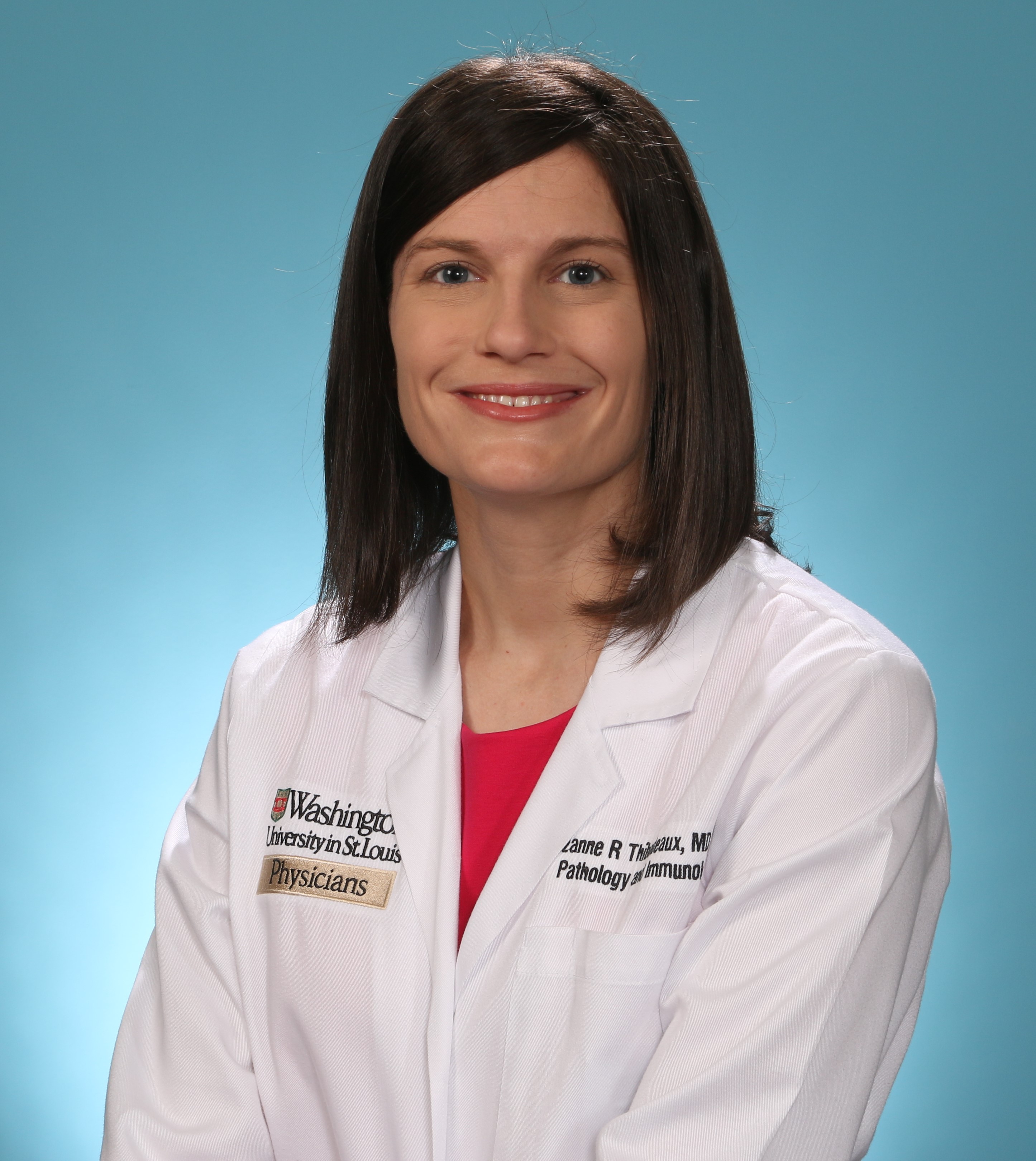Education/Developing Curriculum
(P-ED-5) Global Evaluation of Cell Processing Facility Medical and Laboratory Director Training: Findings from the Training and Roles Assessment of Cellular Therapists (TRACT), A BEST Collaborative study

Suzanne R. Thibodeaux, MD, PhD
Washington University School of Medicine
St. Louis, Missouri, United States
Presenting Author(s)
Accreditation of Cell Processing Facilities (CPFs) typically requires a Medical Director (M-Dir) and a Laboratory Director (L-Dir). Both roles are defined in respective CPFs, but the formalized training concepts in different jurisdictions and regions that prepare for either role are unknown. The goal of this study was to compile information on the educational backgrounds of current CPF M-Dirs and L-Dirs worldwide.
Study
Design/Methods:
A RedCAP survey was designed and distributed to current M-Dirs and L-Dirs globally. Information on CPF characteristics included country, staff number, regulatory and accreditation status, annual volume and types of cellular therapy (CT) products processed. Information on M-Dirs included country and year of training, clinical specialty and subspecialty, and type of CT-focused formal educational activities. Information on L-Dirs included country and year of training, area of training focus and type of CT-focused formal educational activities.
Results/Findings:
Respondents (n=123) who completed the survey and indicated current service as a CPF M-Dir (n=70) and/or L-Dir (n=71) represented current roles at CPFs across 30 countries spanning 6 continents (number of respondents/country: range 1-48, mean 4.1, median 2), 44 (35.8%) of which processed more than minimally manipulated products. Duration and types of formal learning experiences are summarized in Figure 1. 101 clinical specialties (residency training or equivalent) were completed by 70 M-Dirs in 11 countries, with 34 (33.3%) including formal learning experiences. 72 clinical subspecialties (fellowship training or equivalent) were completed by 70 M-Dirs in 13 countries, with 39 (54.2%) including formal learning experiences. The highest degree indicated by the 71 L-Dirs included MD (n=20), PhD (n=34), MD/PhD (n=7), or other (e,g,. master’s, bachelor’s, n=11). 42 clinical specialties in 9 countries were completed by 37 L-Dirs with MDs, with 15 (35.8%) including formal learning experiences. 27 clinical subspecialties in 9 countries were completed by 27 L-Dirs with MDs, with 15 (35.8%) including formal learning experiences. Of the 41 L-Dirs with PhDs from 18 countries, 4 (9.8%) had formal learning experiences. Of the 11 L-Dirs with an “other” degree from 6 countries, 2 (18.2%) had formal learning experiences.
Conclusions:
Formalized learning experiences in training pathways of current CPF M-Dirs and L-Dirs are mainly lacking, and when present are highly variable in modality and duration. Further study and development of educational content and criteria could help standardize educational preparation for future biotherapies laboratory leaders.
